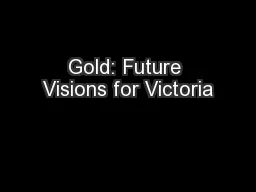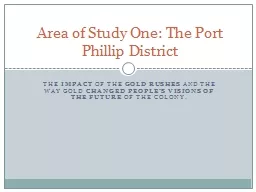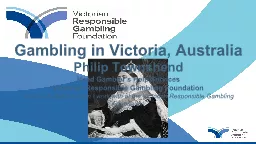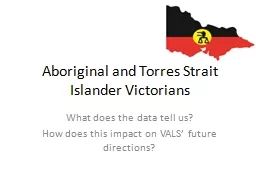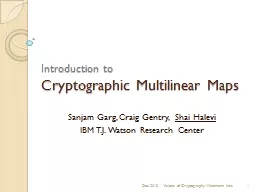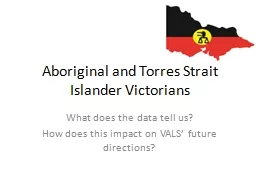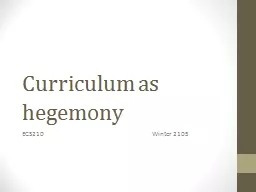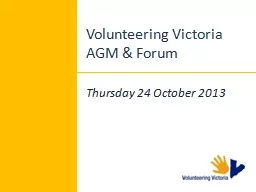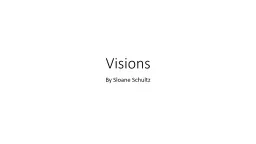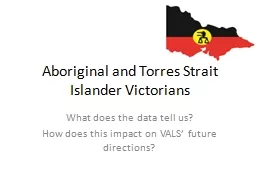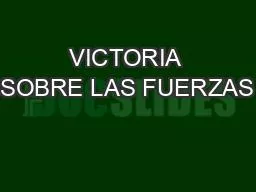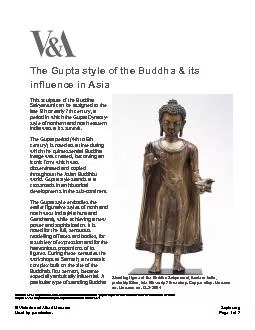PPT-Gold: Future Visions for Victoria
Author : natalia-silvester | Published Date : 2017-10-02
Victoria population explosion also resulted in a multicultural mix of people yet it still remained largely British English Irish Scottish and Welsh Many of these
Presentation Embed Code
Download Presentation
Download Presentation The PPT/PDF document "Gold: Future Visions for Victoria" is the property of its rightful owner. Permission is granted to download and print the materials on this website for personal, non-commercial use only, and to display it on your personal computer provided you do not modify the materials and that you retain all copyright notices contained in the materials. By downloading content from our website, you accept the terms of this agreement.
Gold: Future Visions for Victoria: Transcript
Download Rules Of Document
"Gold: Future Visions for Victoria"The content belongs to its owner. You may download and print it for personal use, without modification, and keep all copyright notices. By downloading, you agree to these terms.
Related Documents

